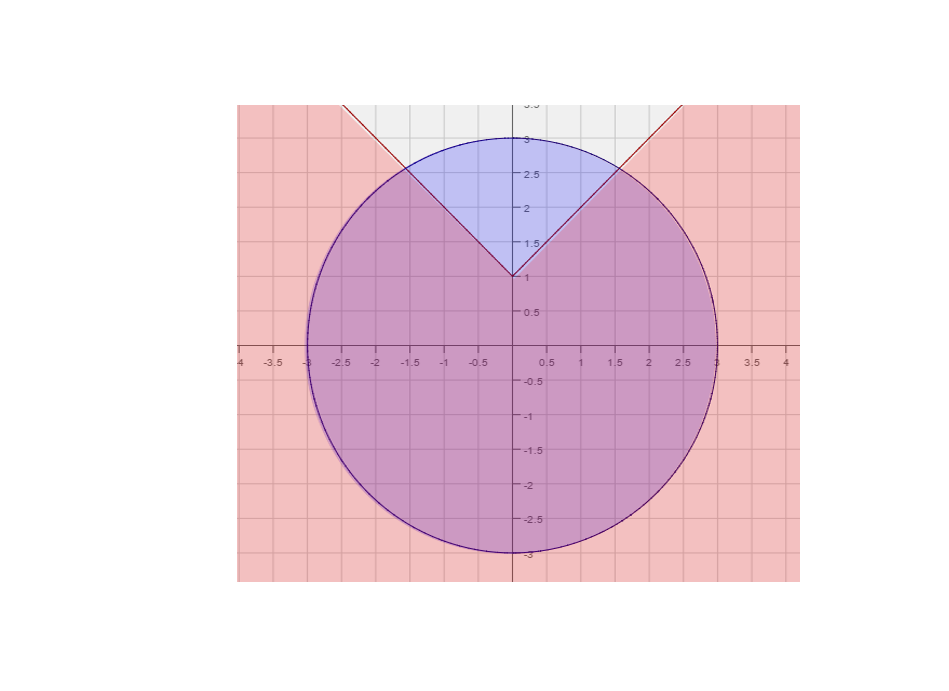Difference between revisions of "005 Sample Final A, Question 19"
Jump to navigation
Jump to search
| Line 19: | Line 19: | ||
|1) The amplitude is A, the period is <math>\frac{2\pi}{B}</math>, the horizontal shift is left by C units if C is positive and right by C units if C is negative, the vertical shift is up by D if D is positive and down by D units if D is negative. | |1) The amplitude is A, the period is <math>\frac{2\pi}{B}</math>, the horizontal shift is left by C units if C is positive and right by C units if C is negative, the vertical shift is up by D if D is positive and down by D units if D is negative. | ||
|- | |- | ||
| − | |2) | + | |2) The five key points are <math>(0, 0),~ (\frac{pi}{2}, 1), ~ (\pi, 0), ~ (\frac{3\pi}{2}, 0),~ \text{and } (2\pi, 0).</math> |
|} | |} | ||
| Line 27: | Line 27: | ||
! Step 1: | ! Step 1: | ||
|- | |- | ||
| − | | | + | |We can read off the answers for (a) - (d): |
|- | |- | ||
| − | | | + | |Amplitude: -1, period: <math>\frac{2\pi}{3}~</math>, phase shift: Left by <math>\frac{\pi}{2}~</math> and vertical shift up by 1. |
|} | |} | ||
| + | |||
{| class="mw-collapsible mw-collapsed" style = "text-align:left;" | {| class="mw-collapsible mw-collapsed" style = "text-align:left;" | ||
Revision as of 11:43, 2 June 2015
Question Consider the following function,
- a. What is the amplitude?
- b. What is the period?
- c. What is the phase shift?
- d. What is the vertical shift?
- e. Graph one cycle of f(x). Make sure to label five key points.
- a. What is the amplitude?
| Foundations: |
|---|
| 1) For parts (a) - (d), How do we read the relevant information off of |
| 2) What are the five key points when looking at |
| Answer: |
| 1) The amplitude is A, the period is , the horizontal shift is left by C units if C is positive and right by C units if C is negative, the vertical shift is up by D if D is positive and down by D units if D is negative. |
| 2) The five key points are |
Solution:
| Step 1: |
|---|
| We can read off the answers for (a) - (d): |
| Amplitude: -1, period: , phase shift: Left by and vertical shift up by 1. |
| Step 2: |
|---|
| Now that we have graphed both functions we need to know which region to shade with respect to each graph. |
| To do this we pick a point an equation and a point not on the graph of that equation. We then check if the |
| point satisfies the inequality or not. For both equations we will pick the origin. |
| Plugging in the origin we get, . Since the inequality is satisfied shade the side of |
| that includes the origin. We make the graph of , since the inequality is strict. |
| . Once again the inequality is satisfied. So we shade the inside of the circle. |
| We also shade the boundary of the circle since the inequality is |
| Final Answer: |
|---|
| The final solution is the portion of the graph that below and inside |
| The region we are referring to is shaded both blue and red. |

|














